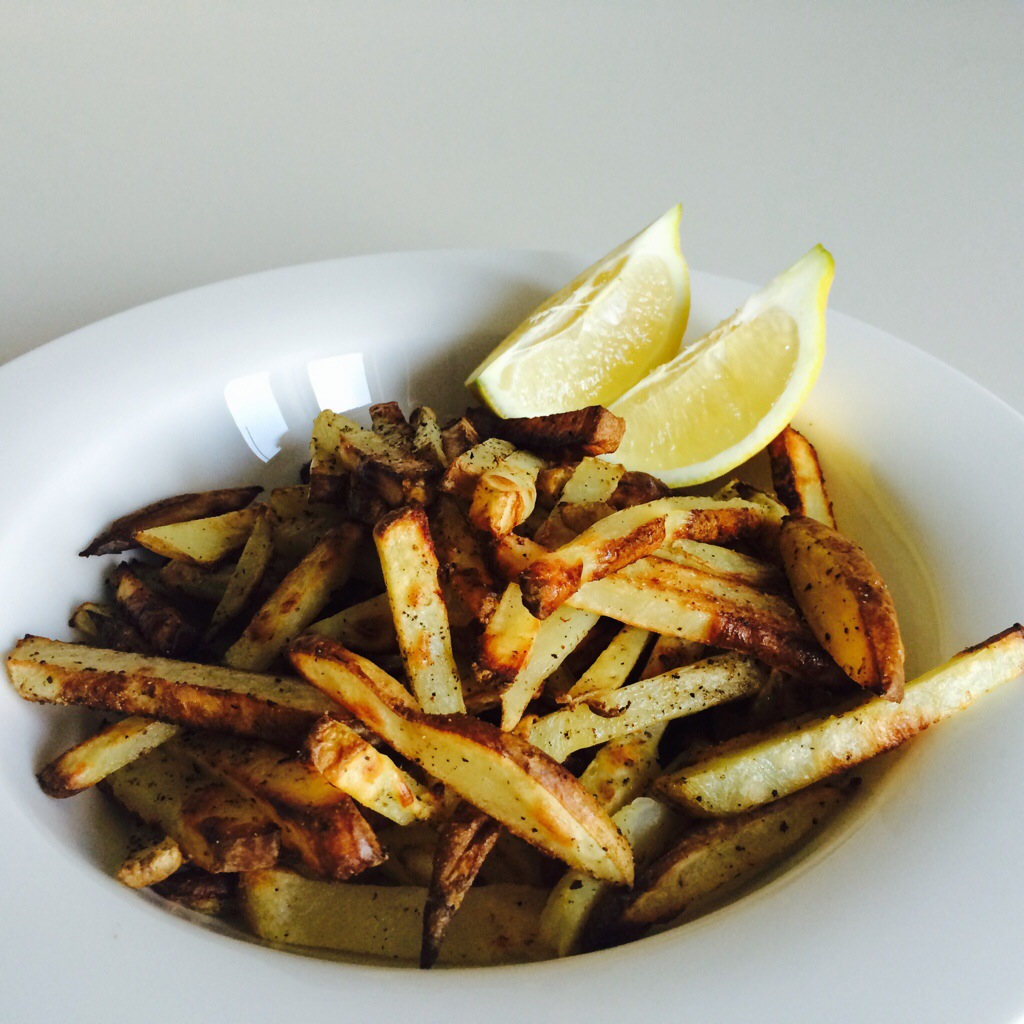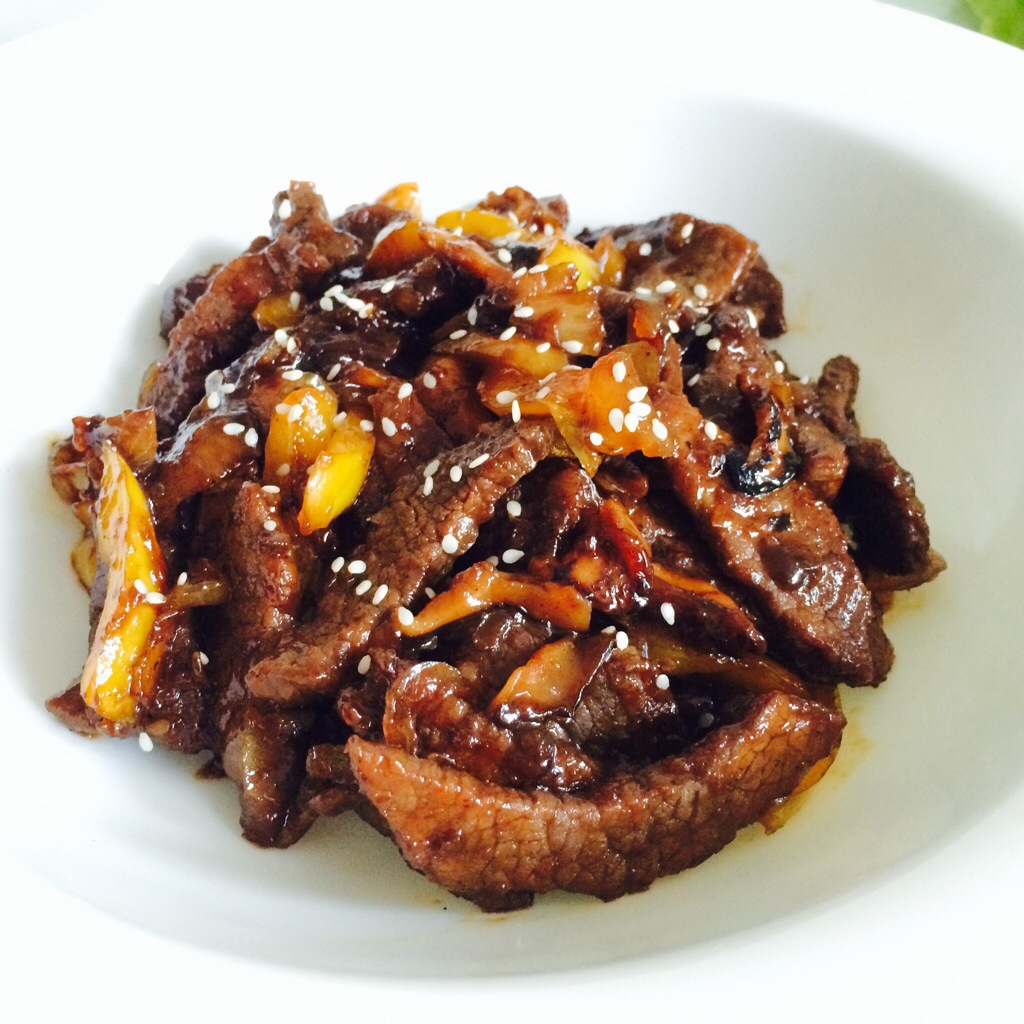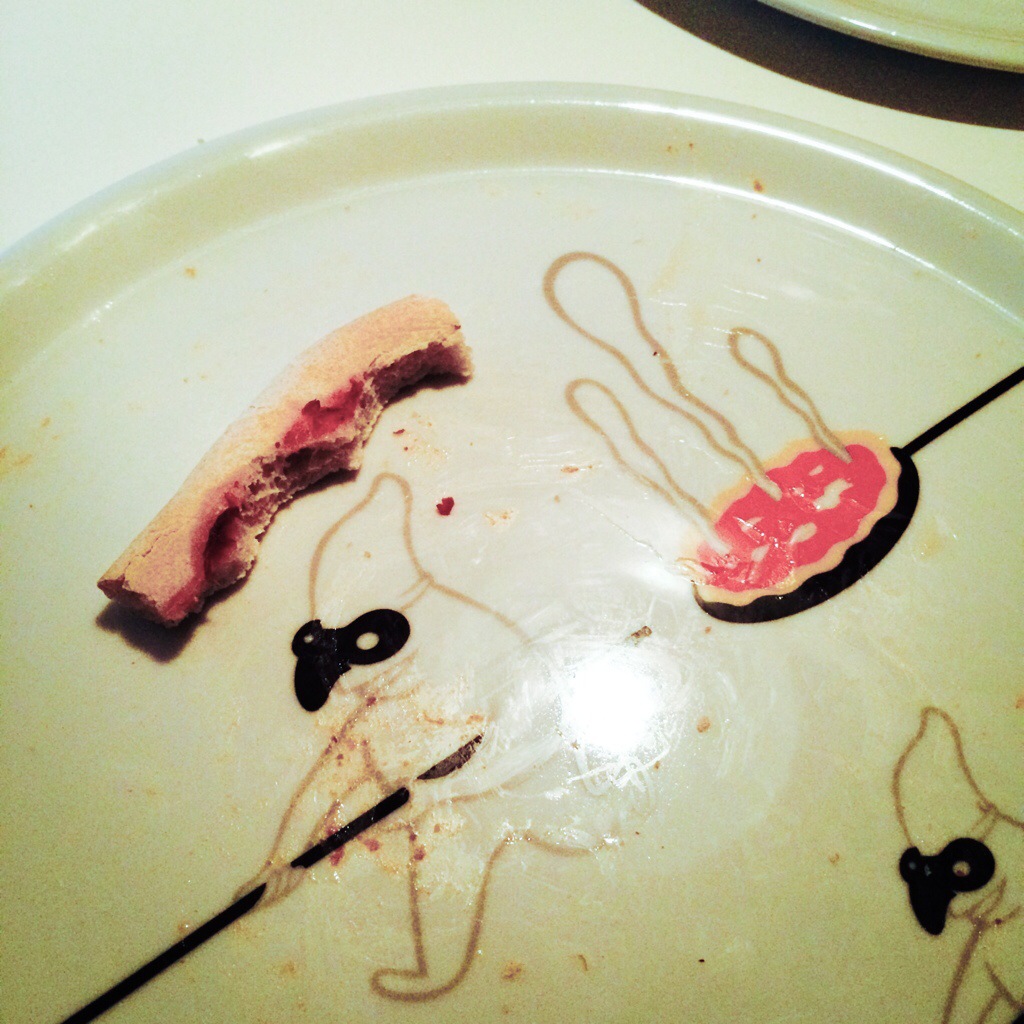
“Little cosmic kite, which planet did you come from, to leave so many Englishmen behind, so that the country becomes a clenched fist crying for Argentina? Argentina 2, England 0! Die-goal, Die-goal, Diego Armando Maradona! Thank you, God, for football, for Maradona”
Victor Hugo Morales- Commentator, 1986
One of the things that really interested me when beginning my World Cup Dinners project was the way we understand and experience nations through different aspects of their culture. For me, watching football and eating food have always been two of the main ways of doing this, and making 32 meals from the 32 countries competing at this year’s tournament in Brazil has been an amazing journey in cooking, and a brilliant way to learn more about each nation. I hope you’ve all enjoyed it too!
The emergence of contrasting styles in football as ways of expressing national identity are really interesting to me- from Brazilian Samba, to Italian Catenaccio, Dutch Totaalvoetbal, and Spanish Tiki Taka, each represents and conjures ideas, and associations about an entire nation’s collective attitude.
Football was introduced to Argentina in the late 19th century when an influx of British immigrants arrived to work on the construction of the country’s railway network. The Brits established a number of football clubs, which would dominate the Argentine game, basing their play on the ‘English style’ which had a ‘gentlemanly’ philosophy grounded on physical fitness, collective discipline, common effort, and a machine like repetitive efficiency. However, as locals became interested in the game, and established their own clubs, they also developed their own approach – the Criollo (Creole) style.
Criollo, due to the Latin influence, was exactly the opposite of the English style- wandering, undisciplined, agile, skilful, and most importantly of all, it placed creativity of the individual at the centre of the play. Criollo is at it’s most effective when a team includes a ‘Pibe’, which literally translates as kid or young boy, but which takes on mythical status of a natural genius who emerges to lead his team to victory.
Diego Maradona remains the Pibe de Oro (the Golden Kid) of Argentinian football, and his greatest moment came it at Mexico ’86 where he captained La Albicelestes to victory. His defining moment of individual brilliance came in the quarter final match with England on 22 June 1986. In a match where tensions between the nations were already running high (they had been at war over the Falkland Islands just four years earlier), Argentina took the lead in the infamous ‘Hand of God’ incident where, without the referee spotting it, Maradona punched the ball over England’s goalkeeper Peter Shilton and into the net. What happened next was remarkable though, Maradona picked up the ball in midfield, and proceeded to slalom his way through the English team- it took him 11 touches and 10.6 seconds to beat six opponents—Beardsley, Reid, Butcher (twice), Fenwick, and Shilton to slot home ‘The Goal of the Century’.
This year Argentina have another pibe in the form of Lionel Messi, and while he has yet to reach the meteoric heights of Maradona, the scene is set for him to stake his claim as an all time great of World football. For the final I’m kitted out in one of my favourite international shirts of all time- the Argentina 1974 shirt- you can pick one up from the excellent range at Toffs!
I’ve saved my Argentinian World Cup Dinner for the final, and will be having a meal that conjures up romantic ideas of the Argentinian plains- Gaucho style Steak with Chimichurri sauce.

INGREDIENTS (serves 2)
Steak:
2 Fillet Steaks – around 4-5cm thick
1 tbsp olive oil
Salt and pepper to taste
Chimichurri:
1 cup fresh parsley
1/2 cup fresh coriander
1/3 cup olive oil
1 tbsp red wine vinegar
2 garlic cloves crushed
Large pinch chilli flakes
1/2 tsp ground cumin
Salt and pepper to taste
INSTRUCTIONS:
To create a great Gaucho style charred steak there are a few important steps to follow-
Steak:
1. First, take steak from fridge and pat dry with kitchen roll- this helps to give a nice charred crust when cooking.
2. Season with plenty of salt to further dry the surface.
3. Leave steak to reach room temperature for at least 1 hour.
4. When ready, heat the olive oil in a griddle pan till it’s medium-hot.
5. Cook steak on one side for 5 minutes, then flip and cook opposite side for a further 5 minutes.
6. For the final stage, turn the steak every 30 seconds for two turns both sides.
7. By now the steak will be perfect- charred on the outside, but nice and pink and succulent in the middle.
8. Let steak rest for 5 full minutes.
9. Slice into thick sections.
Chimichurri:
Puree all ingredients in processor. Transfer to bowl. (Can be made 2 hours ahead. Cover and let stand at room temperature.)
Serve the steak with a good covering of Chimichurri, fries and some tasty Malbec!
It’s been a great culinary adventure for me, and I hope you have enjoyed it too- it’s been one of the greatest World a Cups ever, and making meals, and finding out all about the nations taking part has been great fun.
Until next time World Cup Dinners fans, Cheers!














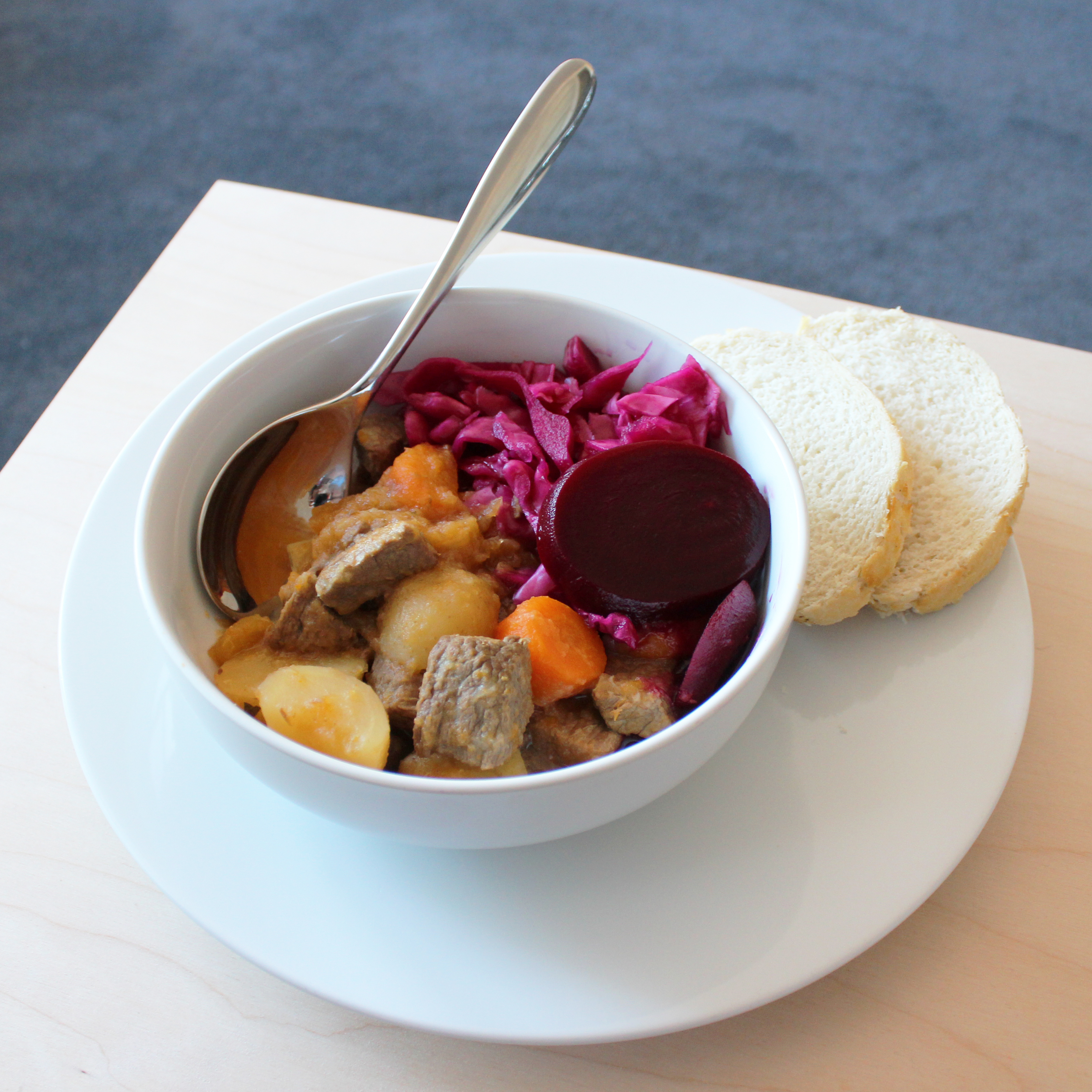







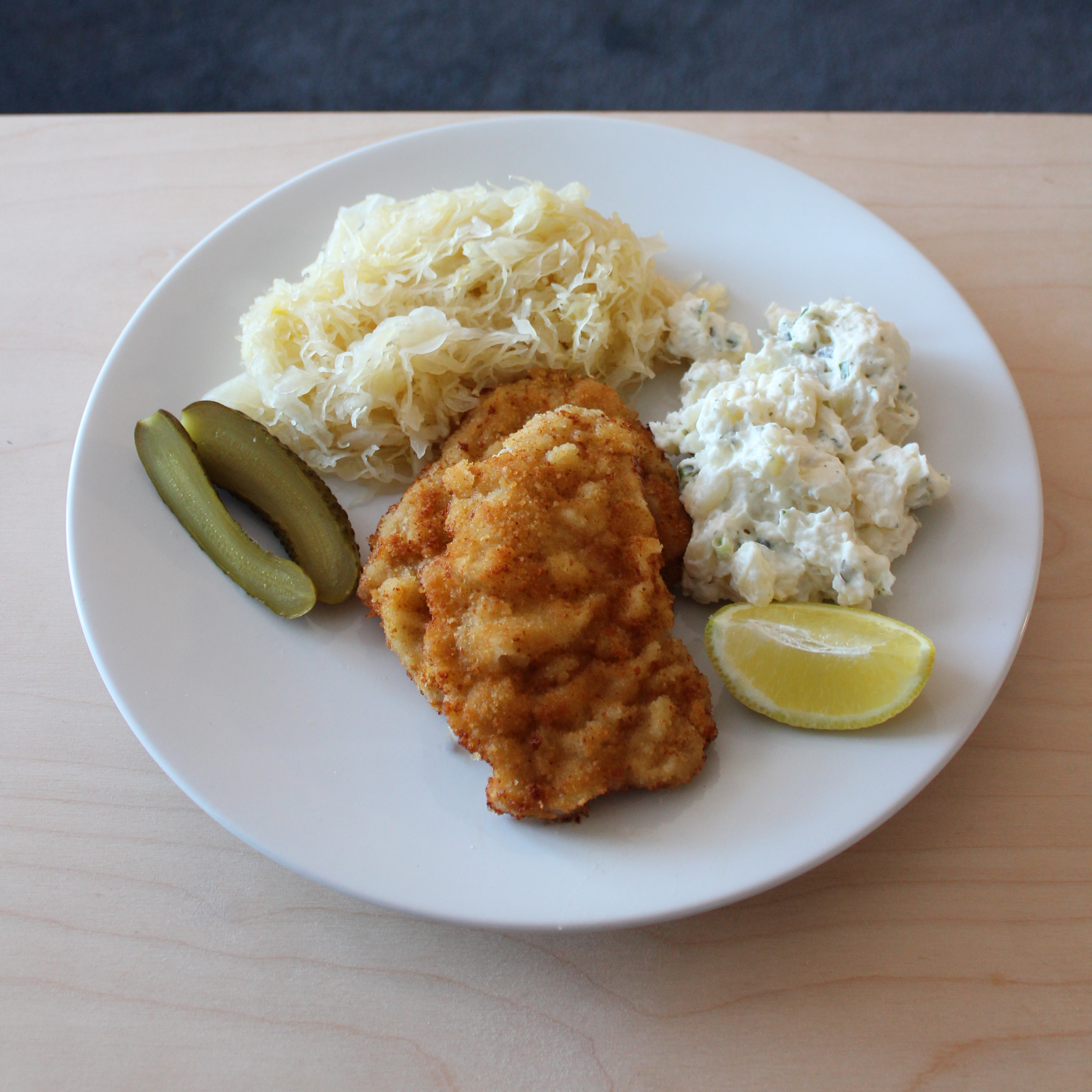 Serve with potato salad, sauerkraut and a wedge of lemon.
Serve with potato salad, sauerkraut and a wedge of lemon.

 For my Serbian World Cup Dinner, I must admit I was rather tentative…….the national dish of the young nationa is Pljeskavica which is effectively a burger pattie, accompanied by Prebranac (baked beans) and chips. It had some connotations of an underwhelming childhood midweek dinner!
For my Serbian World Cup Dinner, I must admit I was rather tentative…….the national dish of the young nationa is Pljeskavica which is effectively a burger pattie, accompanied by Prebranac (baked beans) and chips. It had some connotations of an underwhelming childhood midweek dinner!




 Fully loaded with sliced steak, mozzarella, tomatoes, mayonnaise, black olives, bacon, fried eggs tomatoes, lettuce, and ham, even Luis Suarez might struggle to get his gnashers round it!
Fully loaded with sliced steak, mozzarella, tomatoes, mayonnaise, black olives, bacon, fried eggs tomatoes, lettuce, and ham, even Luis Suarez might struggle to get his gnashers round it!
 After a bit of a wait England finally made their Russia 2018 debut tonight with a last gasp 2-1 win in their opening Group G match against Tunisia in Volgograd.
After a bit of a wait England finally made their Russia 2018 debut tonight with a last gasp 2-1 win in their opening Group G match against Tunisia in Volgograd. We got a tasty fish supper, mushy peas and pickled onions.
We got a tasty fish supper, mushy peas and pickled onions.































